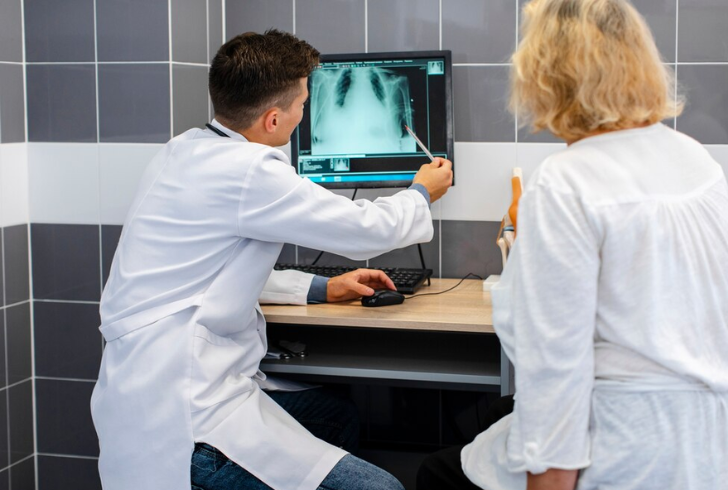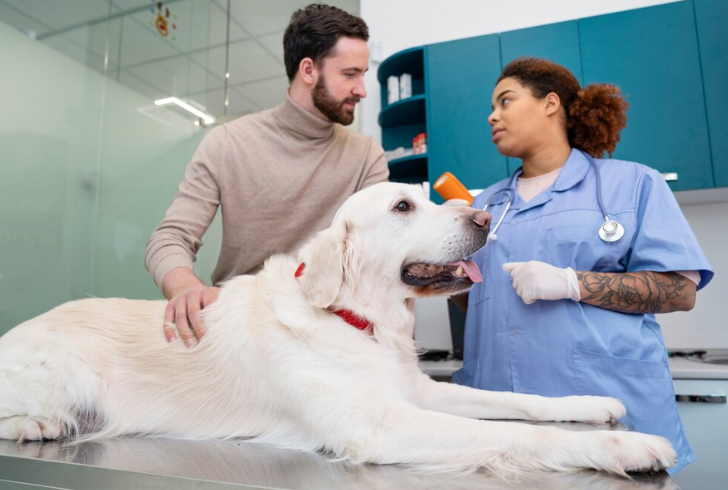Advanced imaging is a term encompassing sophisticated diagnostic tools like Magnetic Resonance Imaging (MRI), Computed Tomography (CT) scans, and Nuclear Medicine imaging techniques such as Positron Emission Tomography (PET) scans.
These techniques provide detailed views of anatomical structures, offering slices of the body in high-resolution, similar to looking at a loaf of bread cut into thin, precise slices. By converting these slices into 3D images, advanced imaging enhances the clarity and depth of medical evaluations.
What Makes Advanced Imaging Essential?

Advanced imaging techniques are crucial in diagnosing and planning treatment for various medical conditions. MRI and CT scans are frequently utilized, especially when detailed images are required to make informed decisions about surgery.
Each imaging modality has its strengths and is selected based on several factors, including the area of the body being examined, the suspected condition, and the overall health of the patient.
- MRI (Magnetic Resonance Imaging) – MRI uses strong magnets and radio waves to create detailed images of organs and tissues. It is particularly effective for imaging soft tissues like the brain, spinal cord, and muscles.
- CT Scan (Computed Tomography) – CT scans use X-rays to create detailed cross-sectional images of the body. They are useful for diagnosing issues in organs, bones, and blood vessels.
- PET Scan (Positron Emission Tomography) – PET scans detect radiation from a radioactive substance injected into the body, which helps visualize metabolic processes and identify abnormal growths like tumors.
Why Advanced Imaging is Vital for Pets
In veterinary medicine, advanced imaging plays a significant role, especially when surgery is considered. For instance, in Alaska, both MRI and CT imaging are available for pets. These technologies help veterinarians assess conditions with precision, guiding their decisions on whether surgery is necessary and how best to proceed.
Veterinary teams often require pets to be anesthetized or heavily sedated during these procedures. This ensures that the animals remain still, which is crucial for obtaining clear and accurate images.
Enhancing Surgical Outcomes with Advanced Imaging
Advanced imaging is instrumental in surgical planning and execution. Surgeons rely on these detailed images to make critical decisions about the approach and technique used during operations. For example, in oncology, imaging helps determine the size, location, and spread of tumors, which in turn influences treatment strategies and prognosis.
By providing clear visuals of anatomical structures and potential abnormalities, advanced imaging helps in:
- Guiding Surgical Decisions – Detailed images assist surgeons in deciding the best approach and technique for surgery.
- Planning Treatment – Accurate imaging helps in tailoring treatments to the specific needs of the patient, improving the likelihood of a successful outcome.
- Evaluating Prognosis – In cases such as cancer, advanced imaging helps assess the extent of disease spread and plan follow-up treatments.
Key Benefits of Advanced Imaging

Advanced imaging techniques offer numerous benefits, including:
- High Resolution – Detailed images provide a clearer view of the body’s internal structures.
- Non-Invasive – Most imaging techniques do not require surgery, reducing risk and recovery time.
- Accurate Diagnosis – Enhanced imaging helps in precise diagnosis and treatment planning.
Advanced imaging is a powerful tool in both human and veterinary medicine, offering detailed insights into the body’s internal structures. With MRI, CT, and PET scans, healthcare providers can make more informed decisions, leading to better treatment outcomes and enhanced patient care.
By understanding and utilizing these advanced imaging techniques, medical professionals can ensure accurate diagnoses and effective treatment strategies, ultimately improving overall health and well-being.




